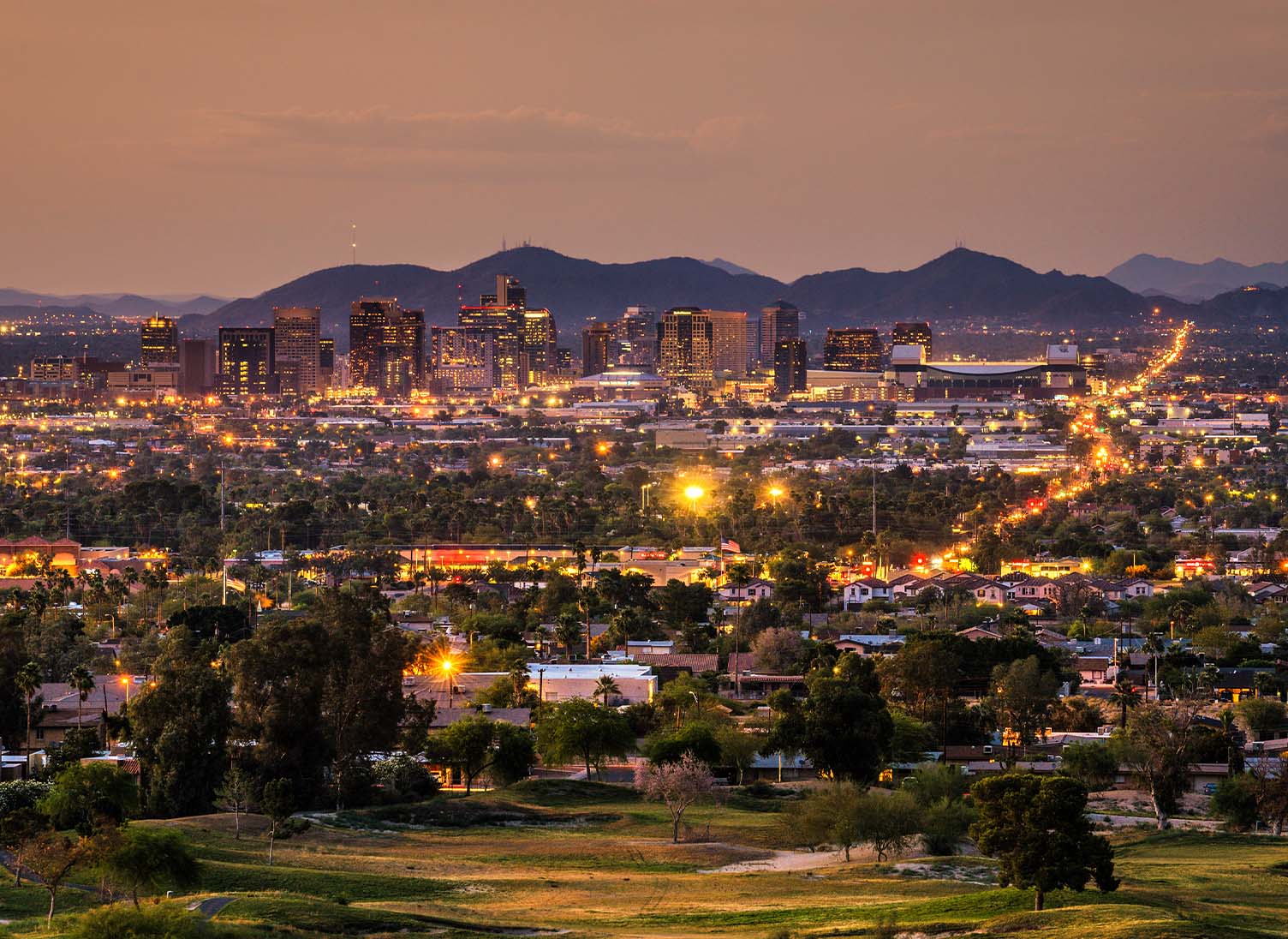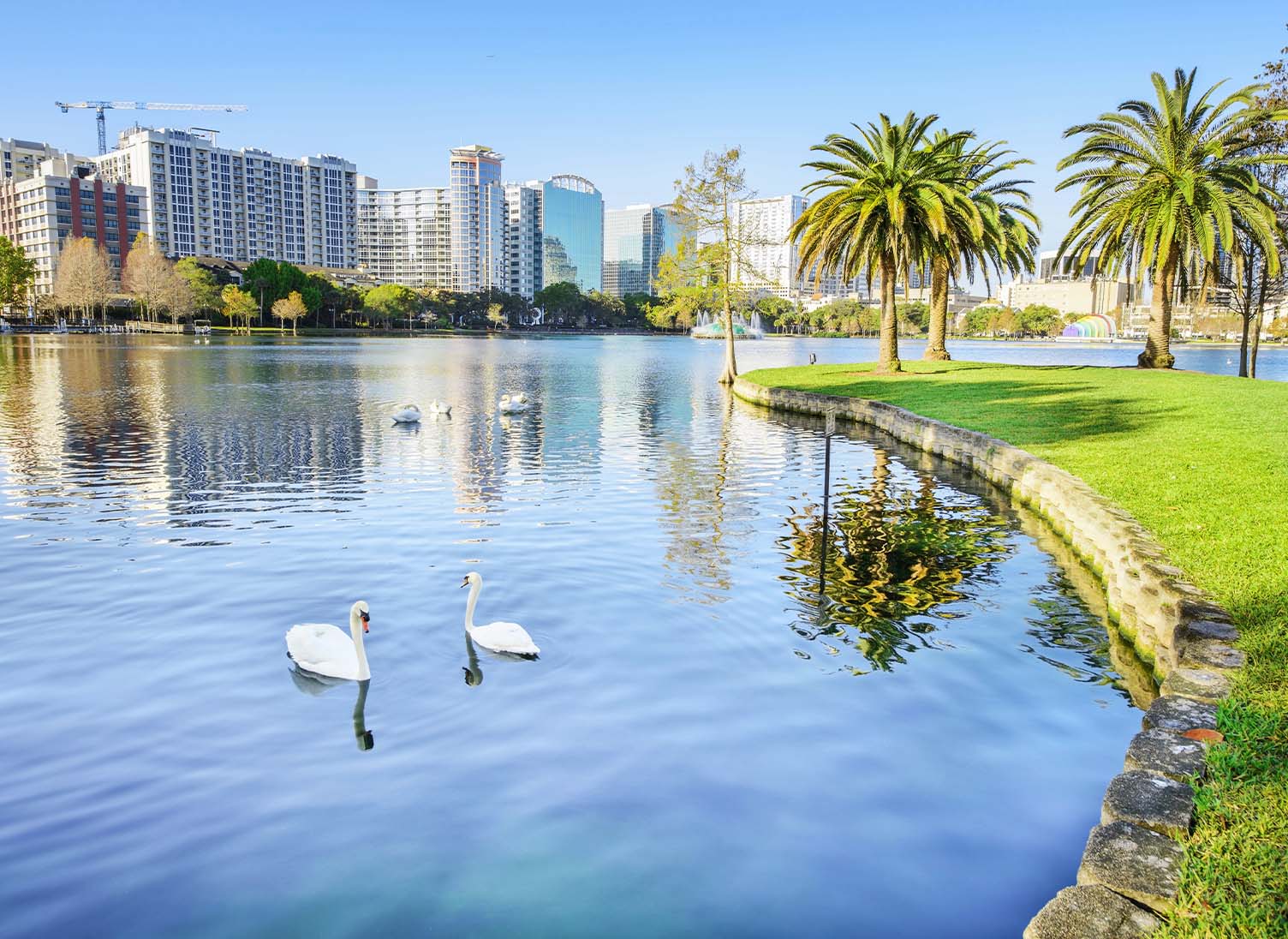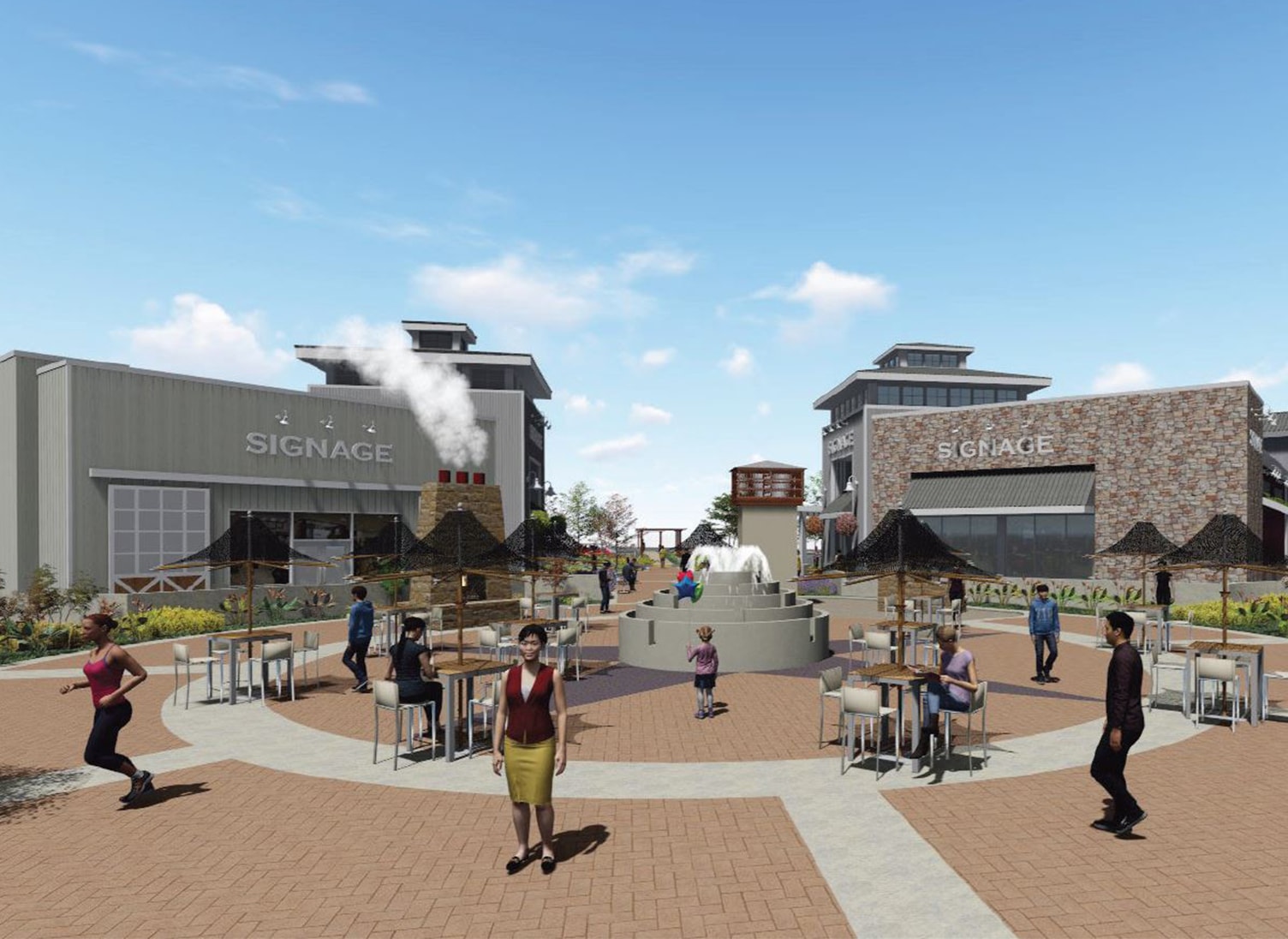Need for Customer Engagement, Sense of Belonging Turns Traditional Shopping Center Paradigm on Its Head
This article, written by Christina Cannon, was originally published on July 26, 2016 in Rebusiness Online.
Gathering spaces and food are changing the format of the physical shopping environment, say retail architects and designers who are being tasked with creating new designs for older shopping centers and new retail-oriented projects.
“Retail projects are requiring a different approach as far as what they mean to the customer anymore,” says Sy Perkowitz, principal with KTGY in Irvine, Calif.
“What we want is something that is an attraction; something that brings you out to the retail center as opposed to Internet shopping or other activities that you may be involved in,” explains Perkowitz, “The need to be physically present at a retail project has changed. It used to be out of necessity, and today it’s more about wanting to be there because you’re interested in communicating with other people face-to-face.”
As a result, retail developers are incorporating more places for people to socialize in shopping centers, whether that is restaurants, outdoor dining areas or public gathering spaces at shopping centers, something that used to be taboo in retail design.
In former times, gathering spaces were thought to disengage shoppers from spending time in stores. Today, the opposite is true: the longer visitors spend at the center, and the more comfortable they are, the more likely consumers are to spend time and money at the center and increase the frequency of their visits.
Examples of Engagement
At Federal Realty Investment Trust’s The Point in El Segundo, Calif., an open-air plaza welcomes visitors to spend time and offers public events to attract local residents, regardless of whether they plan a shopping or dining visit around the experience.
“At The Point, they have a concert in the park every Thursday night, which is really a concert right in the middle of the development,” says Jack Selman, principal of Architects Orange, which designed the center.
Just down the Pacific Coast Highway from The Point is DJM Capital Partners’ Pacific City, in Huntington Beach, which has become a second living room for many area residents since opening in 2015. Jerde Partnership designed the project.
“In California, the indoor/outdoor lifestyle has a big impact on our shopping centers,” says Kevin James, chief operating officer of MCG Architecture. “Outdoor space is every bit as important as indoor space.”
That isn’t just reserved for California, however, many designers note. RDL Architects is working on an outdoor component at Ramco Gershenson’s Deerfield Towne Center in Deerfield Township, Ohio, which is looking at converting non-traditional areas, like parking pads, to community-centered outdoor spaces.
“We’re turning some of these spaces into cool zones where people can congregate,” says David Parrish, an RDL principal. “These zones have specialty lighting, landscaping, surfaces and paving that create a special place where people feel good about themselves when they’re in that environment. People want that, wherever they live, whether that’s Florida or Minnesota.”
Great Food Experiment
Another growing area for shopping centers is food. It comes in many shapes and sizes at centers, from small specialty purveyors to sit-down restaurants to new food court and food hall concepts.
The retail industry has warmed to the attraction of food, and many retailers have begun to experiment with restaurant and bar concepts in their stores.
Urban Outfitters, Ralph Lauren, Target and Bloomingdale’s are just a few of the wide variety of retailers who are experimenting with adding restaurants into their stores. Shopping center owners have taken note of food trends and are seeking them out, ranging from chef-driven concepts to gourmet markets to food truck concepts.
The increase in food comes at an advantageous time for many retail center owners, as department store closures are freeing up space at many regional centers. KTGY is transforming a former Sears Tire & Battery Center at Puente Hills Mall in City of Industry, Calif., to a 12,350-square-foot dining destination that will contain a coffee house, pizza restaurant, seafood grill and upscale delicatessen.
At Poag Shopping Centers’ The Shops at Spring Creek in Edmond, Okla., Dorsky + Yue International is designing a 250,000-square-foot expansion that includes a specialty grocery store and additional retail and restaurants.
“Food and entertainment are becoming critical components of any large community center,” says Lawrence Levinson, principal of Levinson + Alcoser in Houston. “We’ve been wrestling for a number of years with trying to figure out how to combat the online threat to brick-and-mortar centers, and that is to create not just a place to go buy a loaf of bread, but really to create elements of entertainment or food to drive consumers there.”
That mix of retail, entertainment, food and public spaces is creating new issues in leasing centers as well. That’s been exciting, challenging and rewarding for shopping center owners all at the same time.
“Developers are open to a different mix of tenants to make a deal work,” says Selman. “It depends on where the property is — whether it has a strong demographic location and easy access — all of the typical things. Developers figure that a particular product type is lacking in an area. They are looking harder to find a mix of uses that make sense.”

 SHARE IT ON
SHARE IT ON


